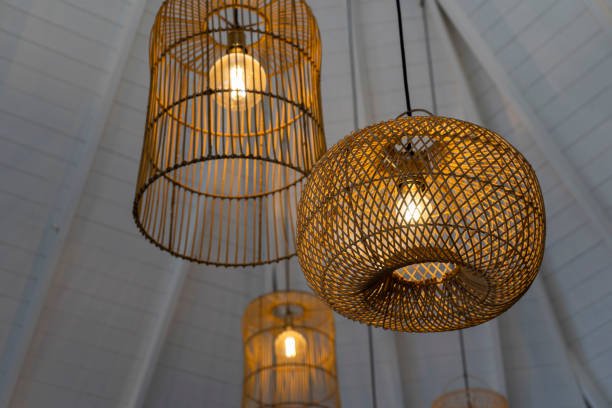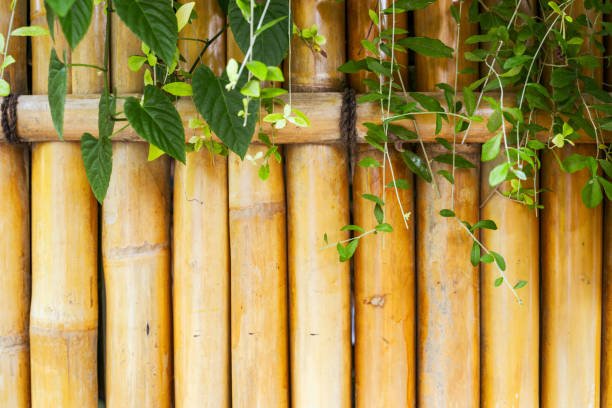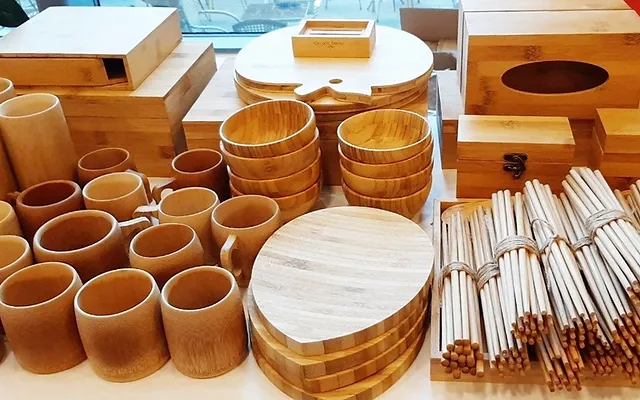How to Make Bamboo Grow Straight: Beginner Tips
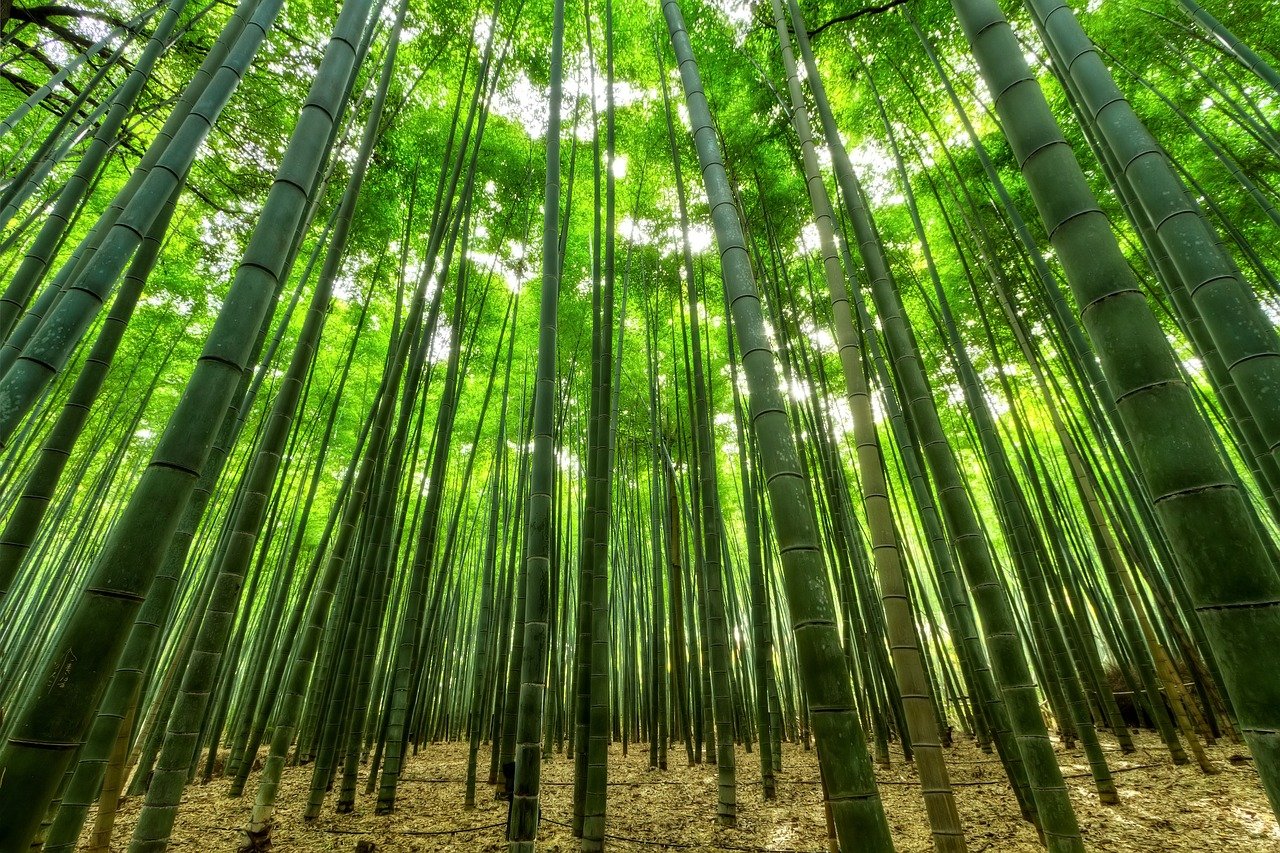
0Shares
Over the last decade or so, we have seen the increase in interest in growing bamboo trees. Bamboo trees on average can take 5 years to mature. At this point, they can be used for various projects. Such projects include construction, making utensils, towels, tissue paper, sunglasses, and so much more. With such versatility, it might be the reason many people are always looking for ways to get into the bamboo business.
Depending on the type of bamboo, not all of them will be easy to grow. Some might require special care if you want them to grow better. Today, we want to look at how to make bamboo grow straight and other tips to help in starting your bamboo growing business.
Understanding the Differences in Bamboo Types
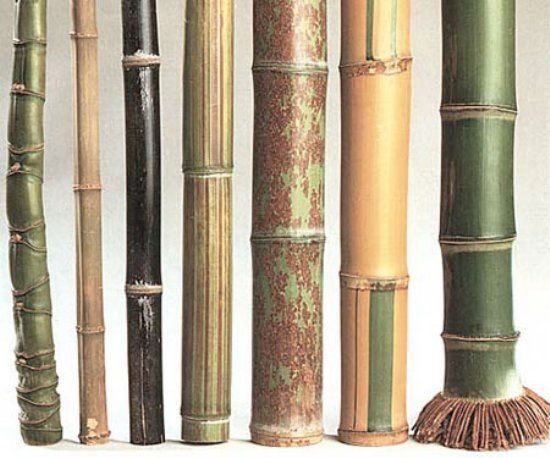 Photo credit: Pinterest
Photo credit: Pinterest
Before you can start growing bamboo, it is important to understand the differences between them. This should help you find the right bamboo for your application. Below are the common types of bamboo you might encounter.
Clumper Bamboo
This is a common type of bamboo you can get on the market right now. It is not an invasive species as they stay within their territories. Their underground stems also known as rhizomes are different as compared to those of timber bamboo. As for growing pattern, this bamboo type makes out a “U” shape.
This type of species can grow up to heights of 8 to 25 feet. It will depend on the species of clumper bamboo.
Fargesia Bamboo
This type of bamboo has its origin in China. You can still find it in various areas of Vietnam and Himalayas. Fargesia bamboo is often grown as ornamental plants in your backyard or deck. Some find them to be hardy bamboo plants, meaning they can survive in various conditions. They are also liked by Pandas as their food because of their succulent nature.
Black Bamboo
The black bamboo species gets its name because of its color. Yes, you guessed it right, it is black in color. This type of bamboo is common in Central and Southern China. Other species of the same bamboo type have been adapted and now grow in Southern Europe, Australia, and America. This type of bamboo is likely to end up being part of a furniture piece in your home.
Arrow Bamboo
The arrow bamboo type is common in many countries around the world. It also has multiple species under it, so you might be having an arrow bamboo in your backyard. The arrow bamboo type is a hardy plant. You should also find it being cold-resistant, making it possible for it to survive even in cold areas. It is characterized for having palm-like leaves that can grow up to 13 inches.
Dwarf Green Stripe Bamboo
This type is native to China and Japan just as many other types of bamboo trees. However, it can also be found in Europe, Korea, and New Zealand. From the name Dwarf, you should already know one of its characteristics. Yes, it is a short bamboo plant. For this reason, you would find it best kept as an ornamental plant. It will need regular pruning if you hope to maintain its beauty. It is still a hardy bamboo as it is resistant to cold.
Giant Thorny Bamboo
The Giant Thorny Bamboo has its roots in Central America. Over the years, it has been adapted to grow in other regions around the world. The species is bright green and tall. It also has spiny stems and dense thickets. Depending on the species, it can grow to heights of 10 to 35 meters. Once mature, this bamboo type has multiple applications including making ladders and bridges.
There are multiple bamboo types remaining as we cannot cover them all in one guide. What is important is that you do more research about the bamboo type you want to grow first. Understand its needs for proper growth before you can plant it. Also, some bamboo might need more maintenance than others. If you are a busy person, it is best to opt for one that does not need much work to grow properly.
Planting and Growing Conditions for Bamboo
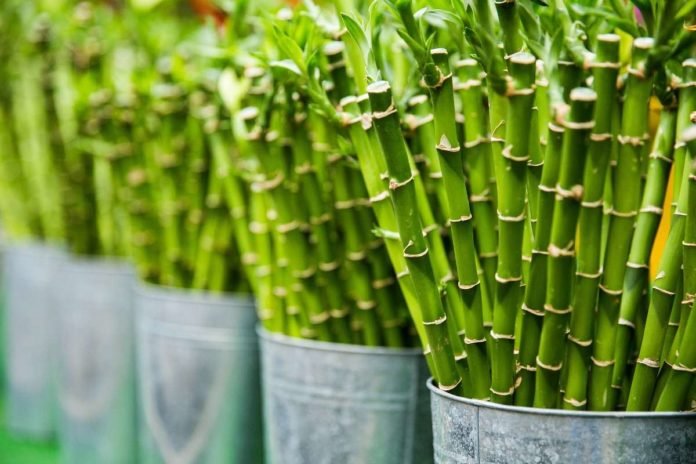 Photo credit: GardeningTips
Photo credit: GardeningTips
Getting the right bamboo type for your area will determine its growth success. Remember that some types can only grow better in certain areas. We want to look at some of the things to keep in mind when you decide to grow bamboo plants.
The climate
This is the most important consideration for anyone who wants to venture into bamboo farming. Well, bamboo plants are resilient, so expect them to grow in different type of climates. However, they would do best in areas where there are moderate temperatures. If you are in colder or hotter environments, consider planting them when the temperatures are less extreme.
Planting the bamboo trees when the temperatures are less extreme helps the plant to establish itself and harden before the extremes kick in. For a colder environment, plant the bamboo during summer and then use heavier mulch when the winter season starts.
Having more mulch provides more insulation from the harsh temperature in winter. As for hotter environments, use lighter mulch for better aeration.
Bamboo spacing
The amount of space that you use can determine how well your bamboo plants would grow. So, what type of spacing is ideal? The recommended spacing between bamboo plants is 3 to 5 feet. This should give the plants enough room to grow tall and wide.
It also comes down to the reason you are planting the bamboo trees in the first place. For someone who is planting them for a fence, then it would be best to plant them in closer proximity. As much as it would affect them slightly, you will end up with a close-knit fence.
If you want larger bamboo trees, then grow them 5 to 10 feet apart. Depending on the species, sometimes even 20 feet apart might be necessary.
Bamboo can take 5 years to mature, so ensure that they are spaced correctly to harness the most out of the space that you have.
The best soil
The correct type of soil can influence the success of the bamboo plant growing in your area. It is important to use the correct soil to always provide the right nutrients for your plants to grow. The soil also needs to have the best drainage if there is hope of the plants growing better.
One of the ways of improving the soil is through the use of garden compost or manure. This ensures that the young bamboo plant has the best nutrients it needs for growing. The top layer should have at least two to four inches of mulch.
As much as mulch is important, too much of it might not be ideal. Having too much mulch would attract rodents into living in your bamboo gardens. When such animals raid the garden, they will feed on bamboo rhizomes and thus destroying the bamboo plants.
Planting Bamboo
 Photo credit: Pinterest
Photo credit: Pinterest
Whenever you plant bamboo, you should keep in mind its eventual diameter and height. As a result, plant it in an area where its natural growth would not interfere with other existing features. This can include paths or boundaries.
In some cases, you might have to install some bamboo root barriers. These barriers are essential to restrict the spread of the roots. If you are looking for bamboo root barriers, you should easily get them from different bamboo retailers. They are affordable and easy to use.
Depending on the species of bamboo that you buy, they will have different methods that you should follow when planting them. It is best to refer to the bamboo nursery instructions or research more about the species first. This ensures that you get the right conditions set before planting of the bamboo plants.
Below is a video with tips for planting bamboo
Maintaining and Caring for Bamboo
Now that you know what type of bamboo to choose for planting, it is now time for the next phase. The next phase involves maintaining and caring for your bamboo plants for them to grow better. Here are some of the things you should do to care for your bamboo plants.
Watering
Depending on the location, watering might be necessary to grow your bamboo plants. For someone who is growing the bamboo plants indoors in water, it is recommended that you change the water weekly.
As for those growing the plants in the soil, then you need to water the plants appropriately. This helps to keep the soil moist. When we say appropriately, it does not mean that you flood the soil with water. Flooding the soil can lead to more harm than good. To make this possible, only water the plant when the soil starts to get dry. Lack of water can also be harmful.
Fertilizing
You might be tempted to use a lot of fertilizer to make the plants grow bigger. However, that should not be the case. It is advisable to use the fertilizer with care. Bamboo can grow better even on a limited supply of nutrients in the soil. So, using a little amount of fertilizer might still be ideal for your plants.
Use liquid fertilizer and spray it occasionally on the bamboo plant. This helps the plant to maintain green leaves and grow better.
Straightening or curling the stalks
As part of caring for your plants, you might have to straighten or curl the green stalks. Curls are used as part of making the bamboo look stylish. Remember that curling is not for all bamboo types. This is for those with thin stalks and usually grown indoors.
For plants that tend to grow sideways rather than straight, you will have to use supports to keep them straight. Attach supports to the plant and maintain them for months to help keep the plants growing straight. And that is how to make bamboo grow straight.
Below is a video with tips on how to curl bamboo stalks
Trimming and pruning
The application of the bamboo plants determines how often you would want to trim or prune the bamboo plant. For bamboo that is supposed to grow tall and later sold for money, it might not need regular trimming, but pruning is necessary to keep it growing tall.
For someone who needs to make a fence out of bamboo, then you have to trim it more often. This helps to keep it at a certain height and shape. While trimming, you need to take extra care. Wrong trimming can lead to delayed growth of the bamboo plants.
To ensure pruning is done correctly, below is a video to act as a guide
Conclusion
As you can see, caring and growing for your bamboo plants does not have to be hard. Just make sure you get it right and follow the guide we have provided. In the end, you will end up with better bamboo trees. Always pick the best bamboo type for your area. The last thing you want is to deal with bamboo plants that cannot grow well in your area. Still, look at the maintenance needs of the bamboo. No need to get one that requires a lot of maintenance when that is not something you can provide.
0Shares


